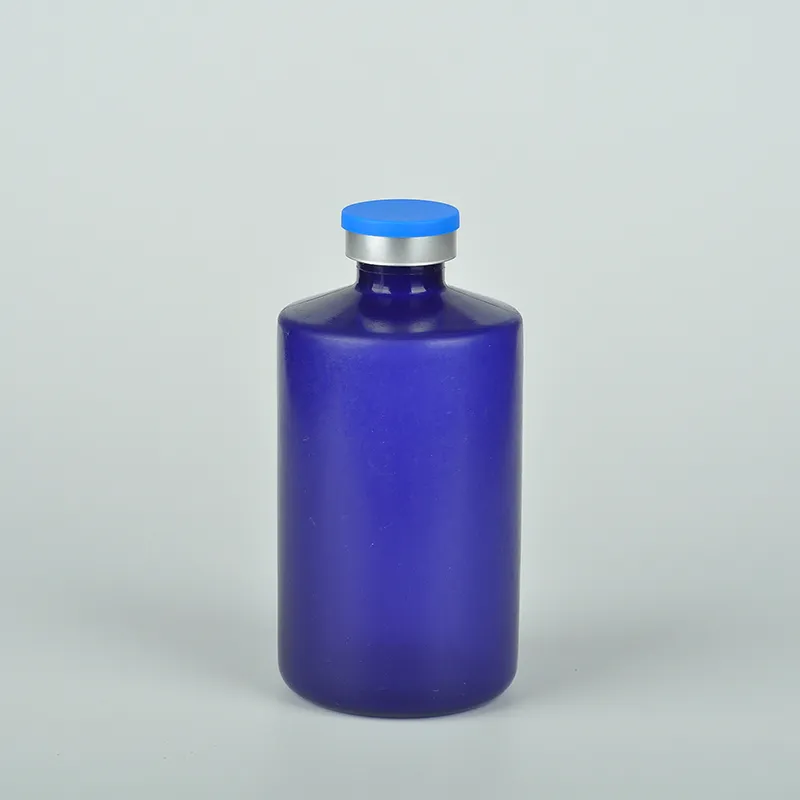Illustration of a Chemical Reagent Bottle in Laboratory Setting
Understanding the Importance of Reagent Bottles in Laboratory Settings
In the realm of scientific research and experimentation, the importance of proper containment and storage of chemicals cannot be overstated. One such critical tool in lab environments is the reagent bottle. These bottles serve as the primary means of storing various chemical samples, reagents, and solvents, ensuring they remain secure and uncontaminated. Understanding the design, purpose, and usage of reagent bottles is essential for any laboratory professional.
1. What is a Reagent Bottle?
A reagent bottle is a specialized container designed to hold liquid chemicals used in laboratory experiments and procedures. Commonly crafted from glass or high-density polyethylene (HDPE), reagent bottles come in various sizes typically ranging from 50 milliliters to several liters. They are often accompanied by a secure closure system, such as a screw cap or a dropper top, which ensures that the contents are safely contained while allowing for easy dispensing when needed.
Reagent bottles are not a one-size-fits-all solution. Depending on the specific needs of the laboratory and the chemicals being used, various types of reagent bottles are available
- Amber Glass Bottles These are crucial for storing light-sensitive chemicals as the amber tint protects sensitive compounds from degradation due to ultraviolet (UV) light exposure. - Transparent Glass Bottles Often used for substances that are not sensitive to light, these bottles allow for easy visibility of contents and can be sterilized for lab safety.
- Plastic Bottles Made from materials like HDPE, plastic reagent bottles are less likely to shatter compared to glass and are often used for storing less hazardous chemicals.
drawing of reagent bottle

- Specialty Bottles Some chemicals require specialized bottles that are resistant to chemical reactions, temperature fluctuations, or pressure changes. Such bottles include fluoropolymer containers and pressure-rated glass bottles used for volatile substances.
3. Design Features
The functionality of reagent bottles is enhanced by specific design features. Most bottles include a wide mouth for easier filling and cleaning, and many come with graduated markings to facilitate precise measurements. The closure systems also vary; some are equipped with seals to prevent air from entering, thereby preserving the integrity of the contents. Additionally, many modern reagent bottles come with labels and integrated tracking systems to aid in identifying the stored substances.
4. Best Practices for Usage
To ensure safe and effective use of reagent bottles, certain best practices should be observed. Firstly, it is vital to label all bottles clearly with the name of the substance, concentration, date of storage, and any hazard warnings. Regular audits of stored chemicals can help identify expired or unsafe substances.
When dispensing chemicals, using appropriate personal protective equipment (PPE) such as gloves and safety goggles is essential. Moreover, it is crucial to handle glass bottles with care to prevent breakage, and any spills should be addressed immediately to maintain a safe lab environment.
5. Conclusion
In conclusion, reagent bottles play an invaluable role in the organization, safety, and effectiveness of laboratory operations. By understanding their importance, types, design features, and best practices, laboratory professionals can ensure that they work with chemicals safely and efficiently. As laboratories continue to evolve with new technologies and chemicals, the design and functionality of reagent bottles will also adapt, maintaining their significance in the world of science. By recognizing and adhering to proper storage and handling protocols, we can contribute to a safer and more productive scientific community.
-
Aesthetic Makeup Spray Bottles | Fine Mist Empty RefillableNewsAug.19,2025
-
White Plastic Veterinary Vaccine Vials | Lab Liquid BottlesNewsAug.18,2025
-
Plastic Medicine Liquid Bottle: Secure Flip Top Drug VialsNewsAug.17,2025
-
Durable 250ml Blue Plastic Vaccine Vial for Lab & Vet UseNewsAug.16,2025
-
Sterile Virus Sample Tubes: Secure & Reliable Specimen CollectionNewsAug.15,2025
-
White 250ml Plastic Vaccine Vial for Lab & Vet MedicineNewsAug.14,2025
























